Share This with Someone Coming to Japan Soon—It’s Hinamatsuri Today(3/3)!
Hinamatsuri in Japan – A Festival of Dolls, Wishes, and Delicious Treats
Today (March 3rd) is Hinamatsuri in Japan!
If you're traveling to Japan soon and have a daughter or any young girls in your life, this is the perfect time to pick up some unique souvenirs! Even if you’re just curious about seasonal traditions, you might want to look for hina-arare (colorful rice crackers), chirashizushi (scattered sushi), and hishimochi (diamond-shaped rice cakes) while you’re here. These traditional treats are not only delicious but also rich in meaning.
A Brief History of Hinamatsuri
Hinamatsuri, also known as Girls’ Day or Doll Festival, has been celebrated in Japan for centuries. It originated from an ancient Chinese purification ritual, where people would transfer their bad luck to paper dolls and set them afloat on a river. Over time, this evolved into the Japanese tradition of displaying elaborate hina-ningyō (Hinamatsuri dolls) on tiered platforms. These dolls represent the imperial court, with an emperor and empress at the top, followed by courtiers, musicians, and attendants below.
For families with daughters, this festival is a time to wish for their health, happiness, and good fortune. The dolls are often passed down through generations, creating a beautiful family tradition.
My Hinamatsuri Memories
Growing up, Hinamatsuri was always a special time for me. My grandmother would give me small gifts, and my family would set up the hina-ningyō display. I still remember being fascinated by the intricate details of the dolls' kimonos and the tiny accessories that came with them.
What to Eat on Hinamatsuri (And Why It Matters!)
Hinamatsuri isn’t just about dolls; the food carries deep symbolic meanings as well.
Hina-arare (雛あられ)
These colorful, bite-sized rice crackers come in sweet and savory varieties, depending on the region. The colors—pink, white, green, and yellow—symbolize the four seasons and represent growth and happiness for girls. The crunchy texture adds a fun element to the celebration, and you’ll find different flavors depending on where you are in Japan. In the Kansai region, hina-arare tends to be lightly salted and soy-flavored, while in Kanto, they are often sweet and coated in sugar.
Hishimochi (菱餅)
Hishimochi is a three-layered, diamond-shaped rice cake that is as visually striking as it is symbolic.
The colors aren’t just for show:
Pink wards off evil spirits.
White signifies purity.
Green represents health and growth, often associated with the new shoots of spring.
Traditionally, the green layer is made from mugwort (yomogi), the white from glutinous rice, and the pink from red food coloring or natural ingredients like gardenia fruit. These rice cakes are displayed as part of the hina-ningyō setup and serve as a reminder of the wishes for a girl’s healthy growth.
Chirashizushi (ちらし寿司)
Chirashizushi is a vibrant dish of vinegared rice topped with sashimi, egg, and vegetables. Each ingredient carries a special meaning:
Shrimp represents longevity, as the curved body resembles an elderly person’s bent back.
Lotus root symbolizes a bright future, as its holes allow you to see through to the other side.
Beans (such as soybeans or edamame) signify diligence and success, as the Japanese word for beans (mame) is associated with hard work.
Thinly sliced omelet (kinshi tamago) adds a golden color, representing wealth and prosperity.
Salmon roe (ikura) is sometimes added, symbolizing good fortune and fertility.
Even if you’re not in Japan, you can still celebrate Hinamatsuri by making chirashizushi at home! It’s one of the easiest sushi styles to prepare—just mix some seasoned rice with your favorite toppings like salmon, tuna, avocado, and eggs. Add a sprinkle of seaweed and sesame seeds, and you have a festive dish in no time!
Share This with Someone Visiting Japan Soon (or Maybe Next Year!)
If you know someone planning a trip to Japan around early March, let them know about Hinamatsuri! It’s a unique cultural experience that’s easy to appreciate, even as a visitor. From the beautiful doll displays to the delicious seasonal treats, there’s so much to enjoy!


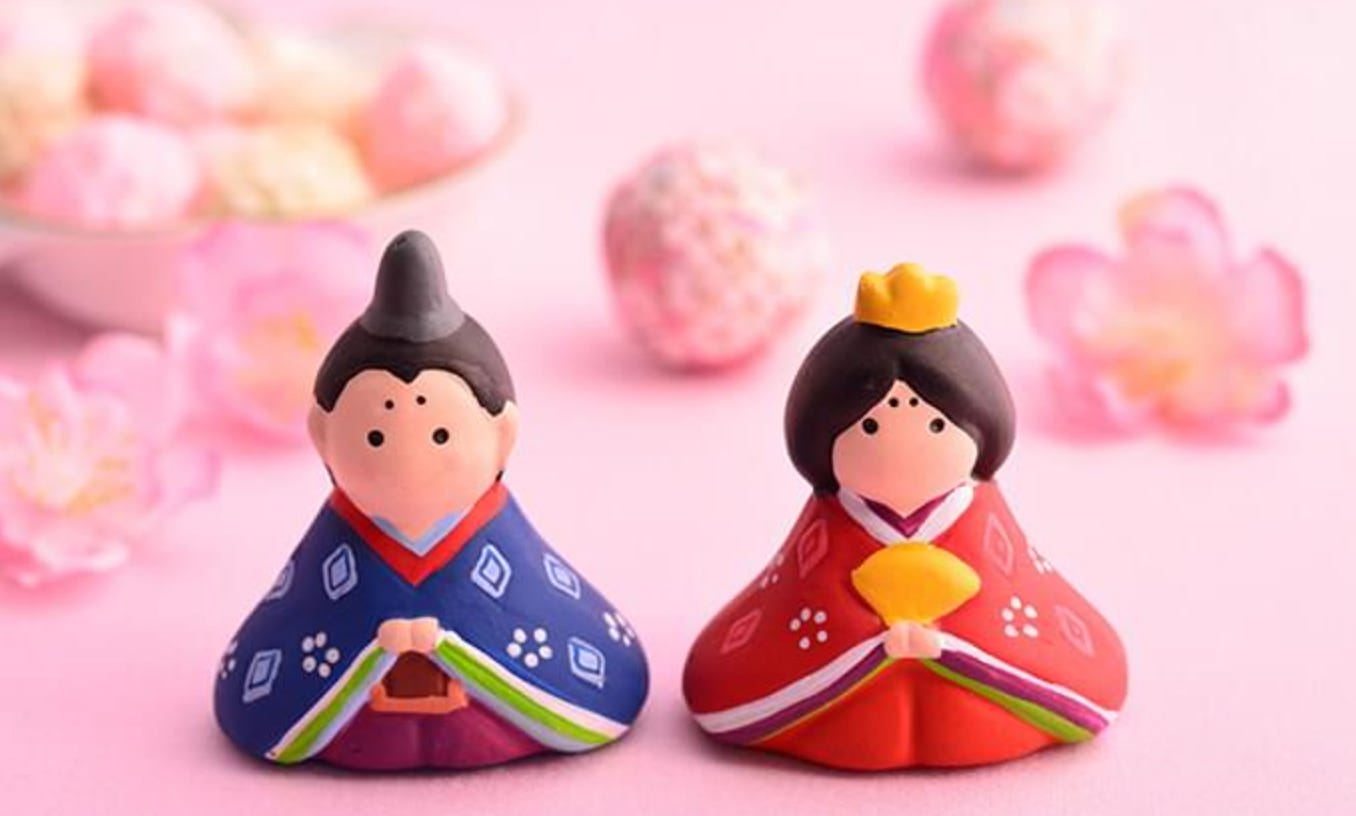
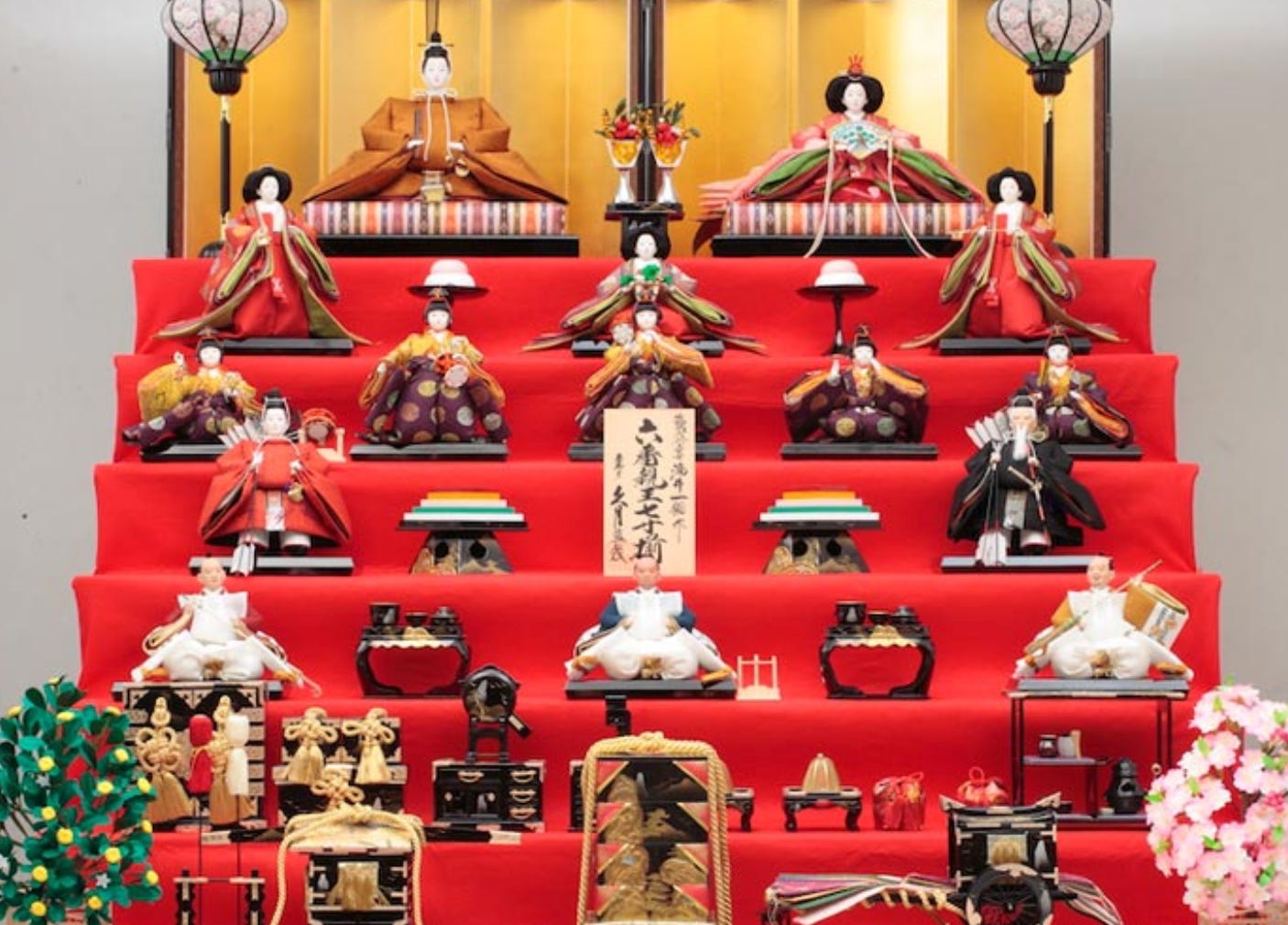
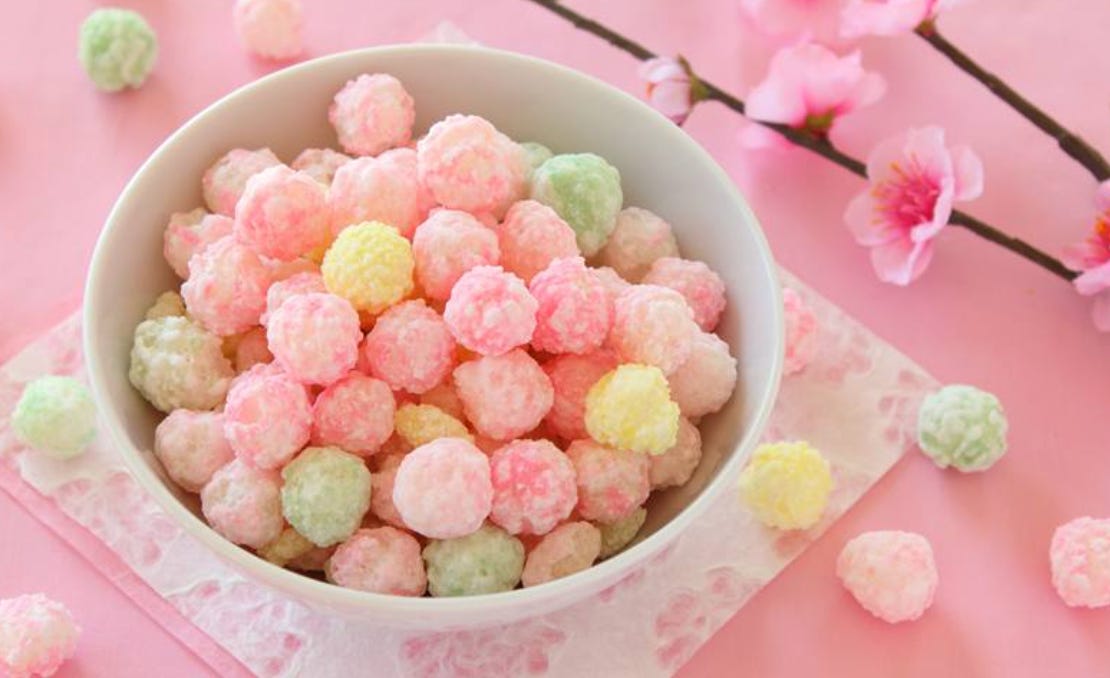
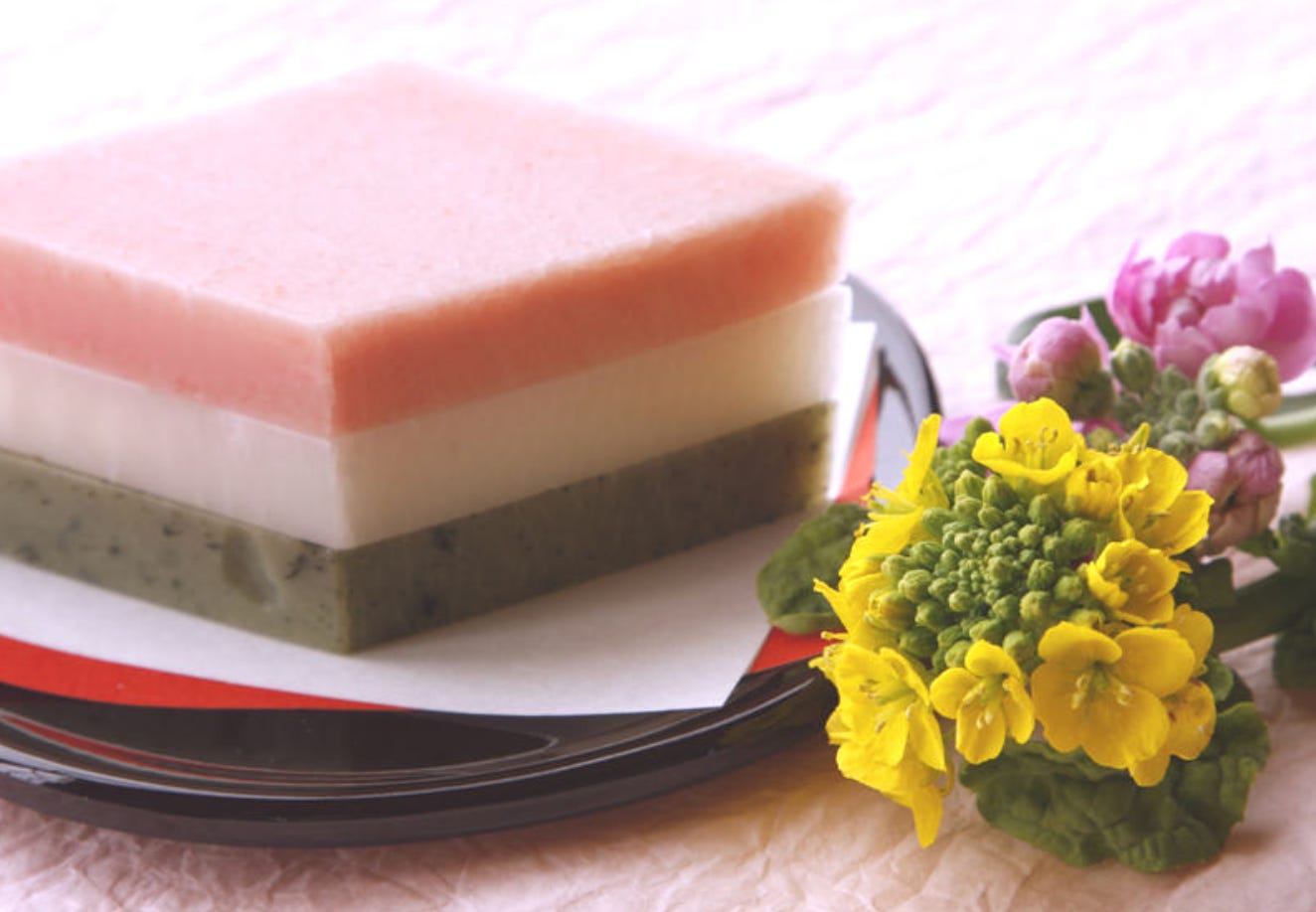
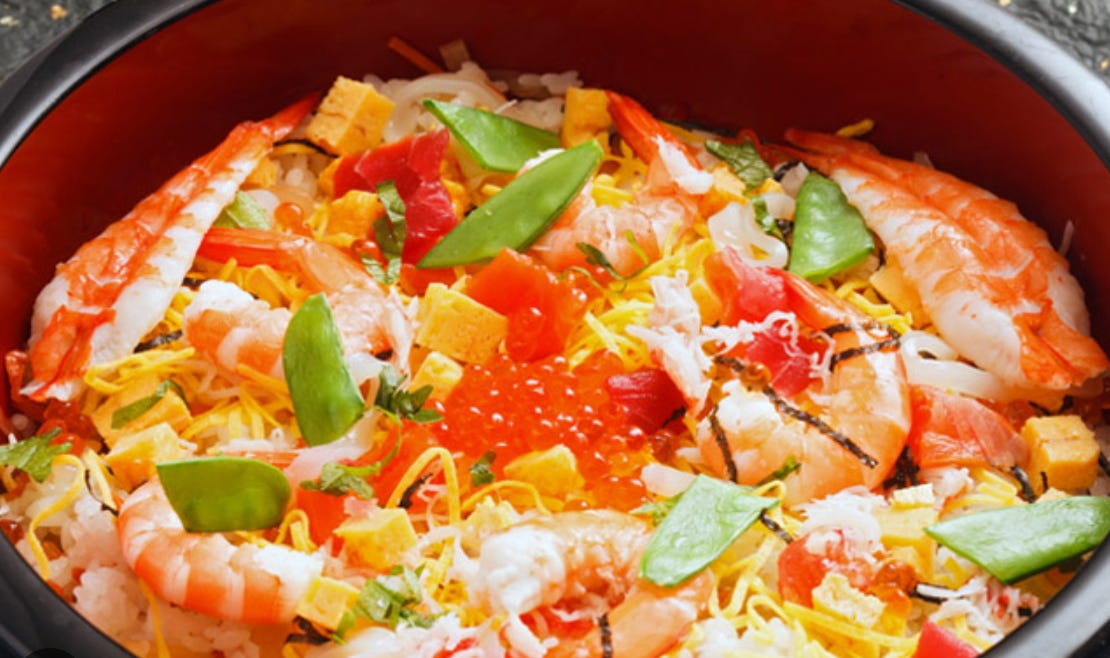
Another very informative article! I'll be cooking this dish! 🤤